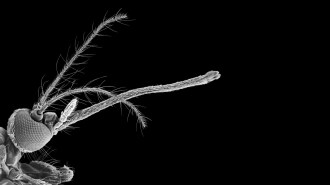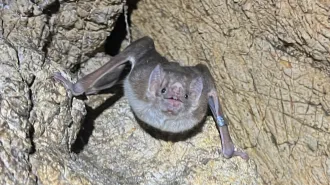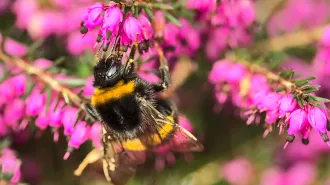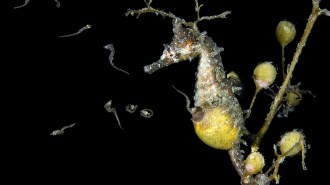The axolotl is endangered in the wild. A discovery offers hope
A recent finding presents a conservation opportunity for the popular pet amphibian
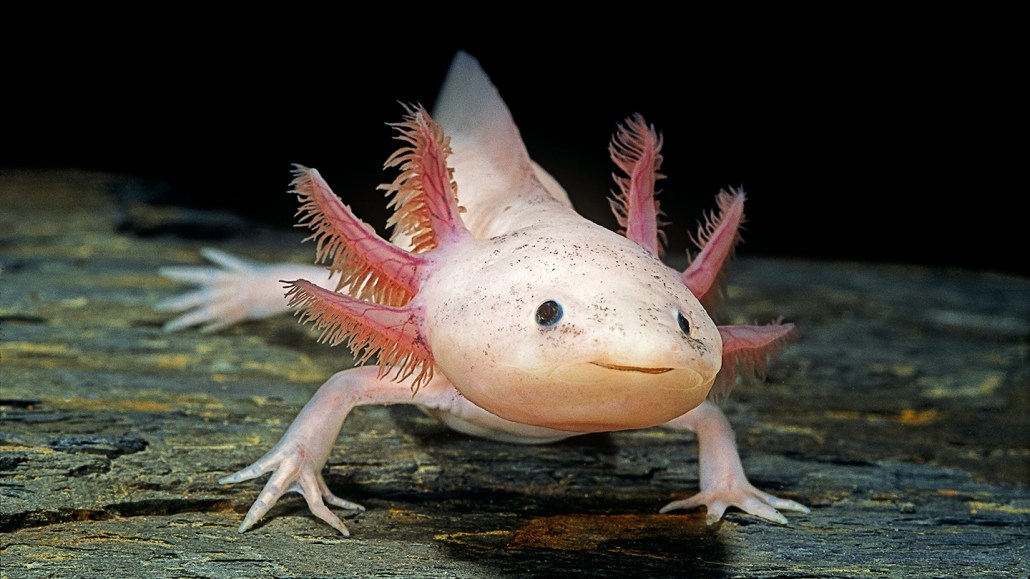
Axolotls are common pets and used in research. But they are endangered in the wild.
Paul Starosta/Stone/Getty Images Plus
Despite capturing hearts around the world, the wild axolotl — an aquatic salamander with feathery frills and a soft smile — faces extinction. Fortunately, for both axolotls and their fans, a new conservation method shows promise.
In captivity, axolotls abound as household pets and research subjects. But wild axolotls, endemic to a single lake in Mexico, are critically endangered due to degradation of their native wetlands, with only 50 to 1,000 individuals left in the wild. Introducing captive-bred axolotls to restored and artificial wetlands may be a promising option for conserving these charismatic critters, researchers report April 30 in PLOS One.
The possibility is “really, really exciting,” says Alejandra Ramos, an ecologist at Universidad Autónoma de Baja California in Ensenada, Mexico. “That captive-bred axolotls can actually survive in the wild … it’s really important for conservation.”
Ramos and her team identified two suitable habitats for their experiment, both in southern Mexico City: a restored canal, called a chinampa, in the axolotl’s native Lake Xochimilco, and a spring-fed pond in an artificial wetland. The researchers implanted transmitters in 18 captive-bred axolotls, releasing 10 into the chinampa and eight into the artificial wetland. For roughly 40 days, volunteers tracked the axolotls’ movements using radio receivers, monitoring as often as a couple times a day to once every hour toward the end of the experiment.
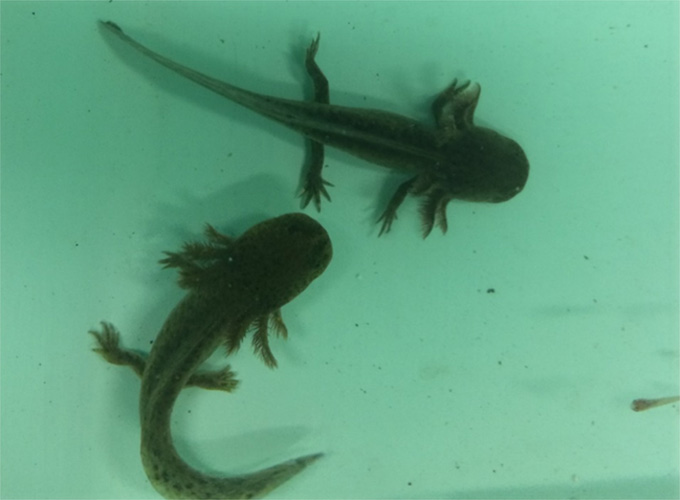
All the axolotls survived the entire experiment. Three axolotls were recaptured and found to have gained weight, indicating the habitats were suitable and the axolotls could hunt successfully in the wild. “If they had been skinny or ill,” Ramos says, “that would have been really, really bad for us.”
The monitoring data revealed that the amphibians traveled farther early on, probably exploring the area before settling into hunting and hiding spots, she says. Their level of activity also peaked within a narrow temperature range around 16° Celsius. Notably, the artificial wetland was slightly cooler than the restored chinampa; past research suggests axolotls tend to prefer cool temperatures. Understanding axolotls’ preferences help researchers pick ideal reintroduction habitats.
Reintroduction is really a plan B, says ecologist Luis Zambrano of Universidad Nacional Autónoma de México in Mexico City. The team’s first goal is to improve the habitat conditions for axolotls already living in the wild. The researchers are currently working on multiplying the number of restored chinampas in the lake, which is both expensive and complex. If all else fails, Zambrano says, this new work provides the know-how needed to avoid the axolotl’s “last nail in the coffin” — extinction.
